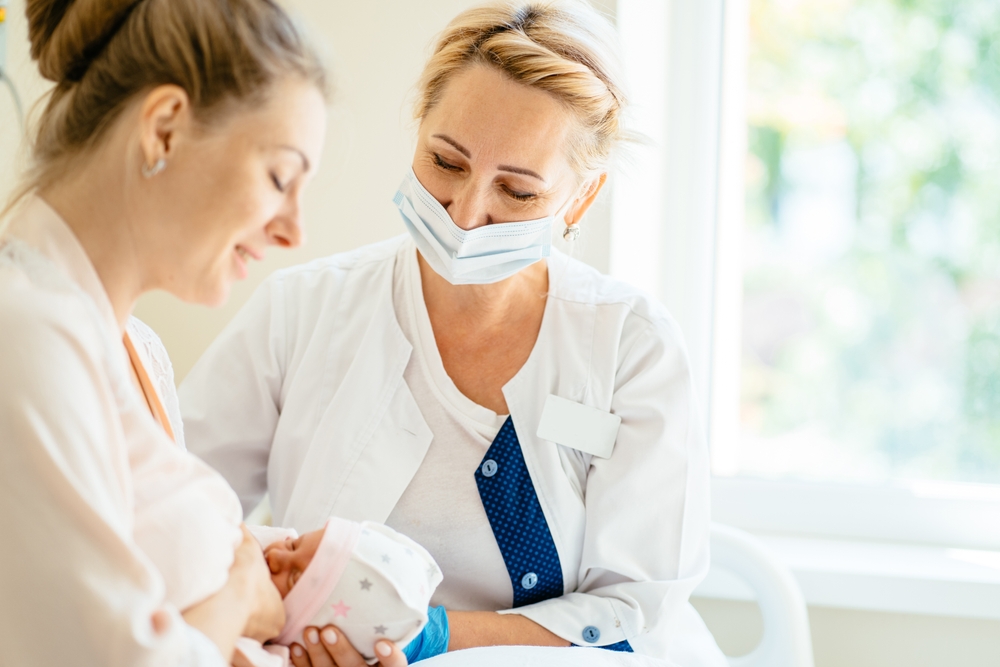That is a big scary word for an illness you want to avoid!
Coxsackievirus is a virus that lives in our digestive tract. The virus can spread from person to person; usually with unwashed hands and surfaces contaminated by feces (the virus can live on a surface for several days – yuk!) It can also be spread through droplets of fluid in the air after someone sneezes or coughs.
Most infections of coxsackie occur in the summer and fall but outbreaks can happen all year. Coxsackie can cause mild flu-like symptoms and usually goes away without any treatment. The virus spreads easily in a group setting like school, childcare centers and summer camps. Once infected you are most contagious the first week you are sick.
Signs and symptoms
Coxsackie can produce a lot of different symptoms. Some kids have no symptoms at all but others can develop and sudden high fever, headache, muscle aches, sore throat, abdominal pain and/or nausea. In most cases a fever from coxsackie will last 3 days. Coxsackie can also cause painful red blisters in the throat, tongue, gums, hard palate, inside of cheeks and the palms and soles of the feet.
Prevention
There is no vaccine to prevent coxsackie virus and because it is a virus antibiotics are not helpful in treating the illness.
Handwashing is the very best protection. Remind everyone in your family to wash their hands frequently, especially after using the bathroom! And yes, Mom’s and Dad’s can also contract the virus!
Treatment
While there is no medication to treat coxsackie, some medications can be used to alleviate the symptoms. Ibuprofen and Acetaminophen can be used to help with the pain associated with the symptoms. Most kids recover completely after a few days without needing any treatment. Make sure to offer plenty of fluids to prevent dehydration.
In addition, you can mix equal parts liquid Children’s Benadryl with Maalox or Mylanta to create “Magic Mouthwash” Simply dose based on the child’s weight and the Benadryl dosing chart on our website. This mouthwash can help with the pain associated with mouth sores.
When you should call us:
- Fever higher than 100.4 degrees F for infants younger than 6 months.
- Fever higher than 103 degrees for older kids
- Poor appetite
- Decrease urine output
- Vomiting/diarrhea
- Decrease fluid intake
- Listlessness






